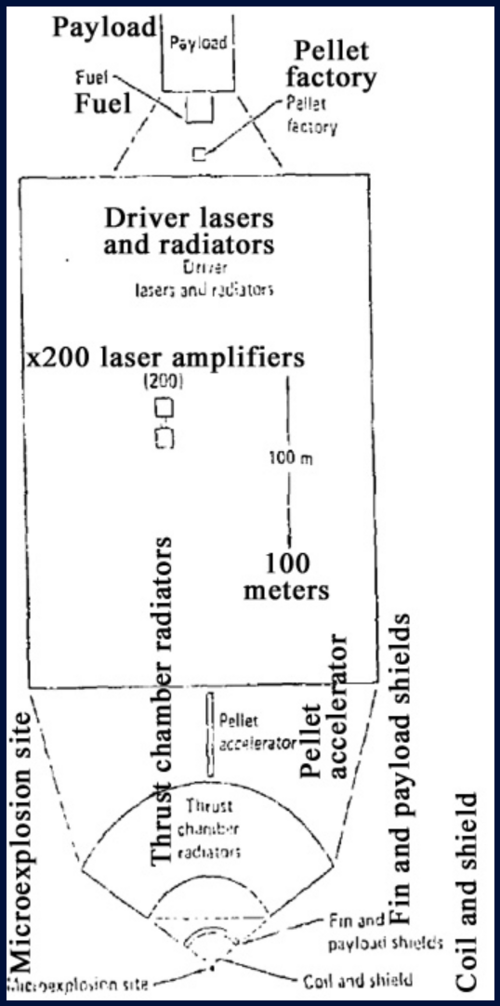- Joined
- 9 October 2009
- Messages
- 21,928
- Reaction score
- 13,554
Defects found in two key components of ITER's tokamak : New Nuclear - World Nuclear News
The International Thermonuclear Experimental Reactor project has announced defects have been discovered in the thermal shields and vacuum vessel sectors and warned that the consequences on schedule and cost "will not be insignificant".











